No more fuelling guesswork: We trial the home test kit that promises carb precision – to the gram
How much carbohydrate do you need to consume per hour on the bike? A new test promises to give you a precise number. Cycling Weekly tries it out
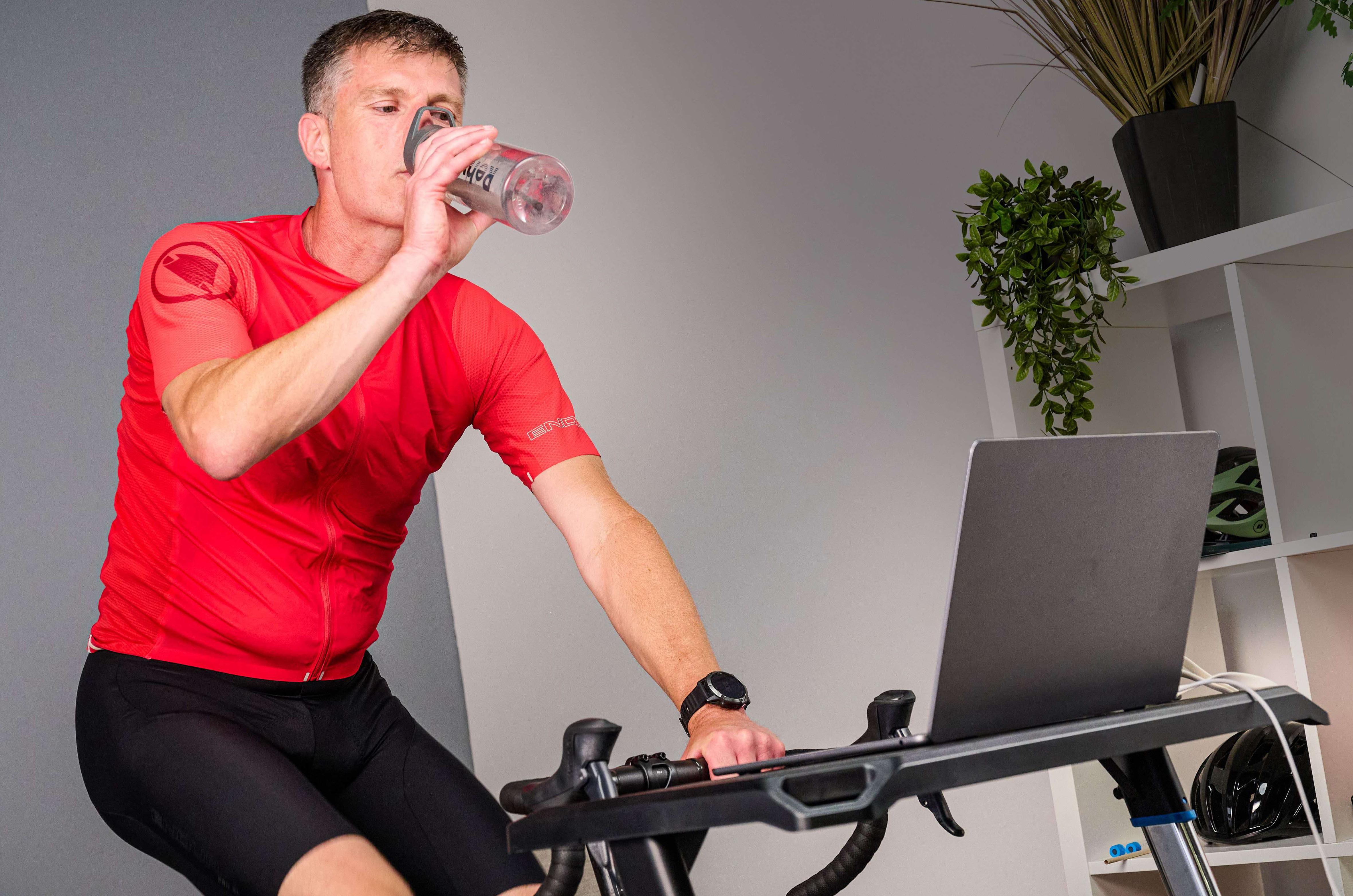
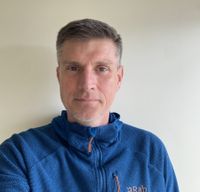
The full, original version of this article was published in the 4th September 2025 print edition of Cycling Weekly. Subscribe online and get the magazine delivered direct to your door every week.
As a rule, I prefer to do my pedalling out in the fresh air, cycling along roads, lanes and tracks, rather than, say, while straddling a turbo trainer in a windowless room in Reading. But I have spent quite a lot of time (and money) experimenting with nutritional products over the years, attempting to channel more energy into my legs to avoid bonking during longer rides and events – without ever really knowing what I was doing.
Suffice to say, when I was offered the opportunity to take a test to find out exactly how much carbohydrate my body uses while riding, I jumped at it.
The use of carbohydrate-rich sports drinks by cyclists has become entirely normal. Everyone from the keen weekend cyclist to elite athletes can be seen chugging on bidons brimming with carb-loaded solutions.
Depending on the guidelines they’re following, most amateurs aim to consume 60g to 90g of carbs an hour, while professional cyclists are taking in as much as 120g per 60 minutes cycled. Could us amateurs benefit from upping our intake – would it help us ride further and faster?
The short answer is: probably not. There is a limit on how much carbohydrate your body can convert into useful energy, and taking on too much can lead to gut discomfort and digestion problems that will slow you down, if not ruin your ride.
Unused carbs can also lead to weight gain, which no cyclist wants. And carb powders and gels are expensive, so there’s a solid economic reason for consuming only as much as you need and no more.
The latest race content, interviews, features, reviews and expert buying guides, direct to your inbox!
The question is: how to figure out how much carbohydrate your body actually burns while cycling? The good news is that there is a way to put a precise number on it.
Unfortunately, it is relatively complicated, and until recently, access to the analytical tools required has been the preserve of people working with elite riders and pro teams. That could be set to change now that a Liverpool-based company has launched a test kit designed to be accessible to everyone, and promising the best return for every gram of carbs.
“THERE IS NOW A TEST KIT AVAILABLE TO EVERYONE”
Led by Dr Jamie Pugh, a senior lecturer in sports physiology and metabolism at Liverpool John Moores University, ExoAnalytics has developed a test that precisely measures a person’s ability to digest and oxidise carbohydrates during exercise. The company has been working with elite riders and runners for some time, but has now developed a test kit available to everyone. By following a set of instructions while using an indoor trainer, the likes of you and me can collect samples and send them off to a lab for scientific analysis. Ahead of the public launch, I was invited to try it out.
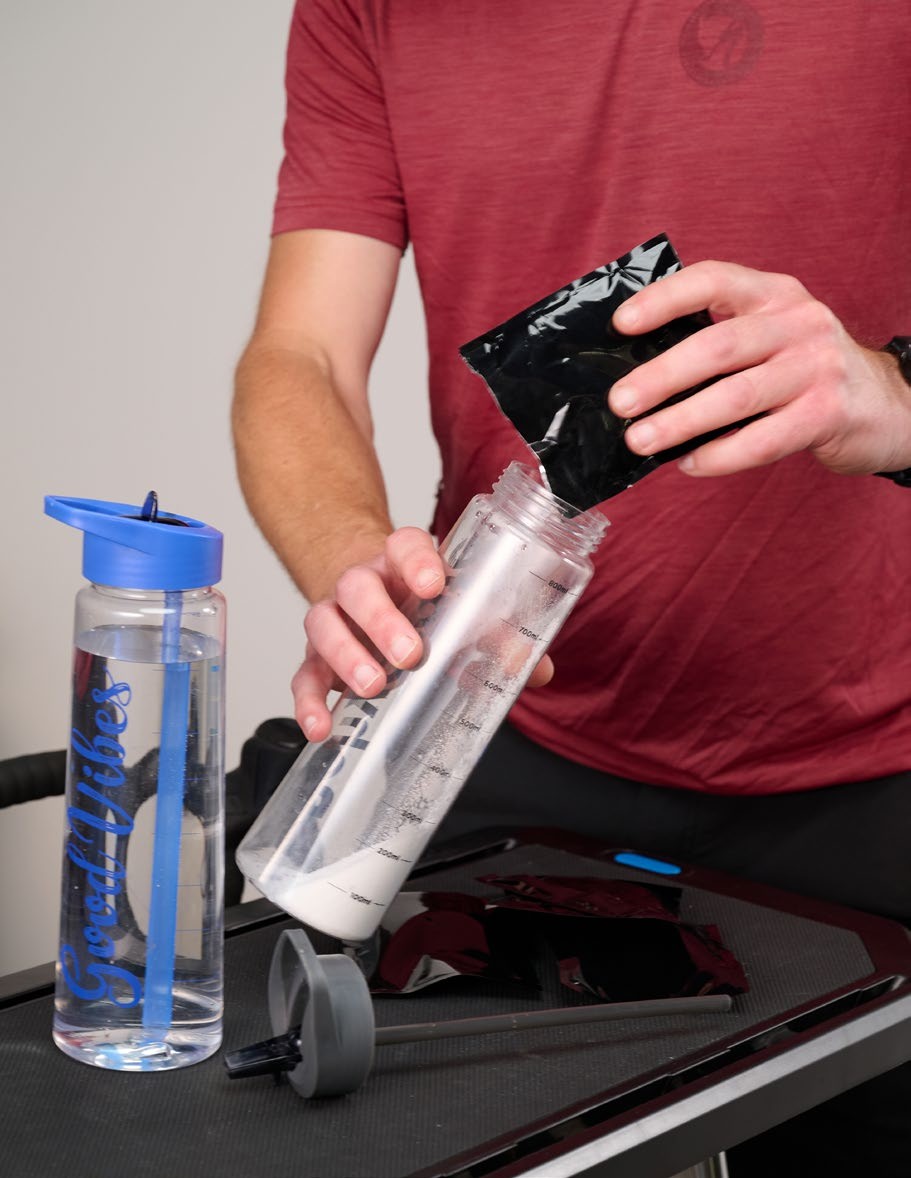
Pat Kinsella mixes his carb drink
The protocol
Deep in the bowels of Future Towers, buried within the light-industrial sprawl of the Winnersh Triangle, I’m clipped in on a smart-bike, sweat dripping as I stare at a Zwift screen. A contraption that looks suspiciously like a gimp mask covers my face while I grind through the final 10 minutes of a 90-minute ride. I haven’t moved an inch, yet I’m hoping this peculiar ordeal will yield the kind of insight that helps me fine-tune my fuelling strategy for every ride to come.
Before the test, I spent some time with Pugh and his business partner and fellow fuelling expert Dr Sam Impey (formerly lead nutritionist with British Cycling) to learn how their “exogenous carbohydrate oxidation test” (£350, exoanalytics.co.uk) works. They told me that carbohydrates contain carbon, and the most common form of carbon atom is the isotope 12C, accounting for 98.9% of all carbon on Earth.
The remaining 1.1% of carbon exists in the form of 13C, which has an additional neutron and can be detected in the carbon dioxide in exhaled breath. During the ExoAnalytics test, the subject (me) needs to consume an exact amount of a carb-loaded solution enriched with 13C. This is done at regular intervals, while pedalling at a prescribed rate for a set amount of time.
By measuring the amount of 13C the subject exhales at the end of the exercise, the ExoAnalytics team can determine exactly how much of ingested carbohydrate has been put to good use, and how much has been surplus to requirements. From there, a precise plan can be worked out to optimise intake. Simples.
While the science is tried and tested many times over, the test kit, offered to the general public, is totally new. Mine arrived in an impressively snazzy box with a set of clear instructions about which foods to avoid before taking the test (ones containing potentially result-distorting levels of C13). The test is not a particularly complicated procedure, but you do need to do certain things in a specific order – and a video guided me through it with ease.
“BEFORE STARTING THE 90-MINUTE RIDE, I COLLECTED A BREATH SAMPLE”
I was tasked with making up a bottle of drink, mixing 180g of powdered carbohydrate with water until I had 750ml of liquid to consume during the 90-minute workout (a mighty 120g of carbs per hour).
I positioned this gloopy solution next to the trainer, along with my phone and the supplied Calibre metabolic mask – thankfully not required until the last 10 minutes of the test. Before starting the 90-minute ride, I collected a breath sample by exhaling through a straw into a vial before quickly closing the lid. This is more scientific than it sounds because the carbon dioxide content of ambient air is negligible and the test is for the ratio of exhaled isotopes, not the total amount.
Test then post
I’m pedalling as instructed at around 70% of my FTP – the intensity of highest carb use (at higher effort, carb uptake tends to actually decrease slightly). I’ve been slurping 125ml of the sweet carb solution every 15 minutes.
At the 75-minute mark, I pull the metabolic mask over my head, position it on my face, then connect it with the app and calibrate. The mask contains a gadget that performs an indirect calorimetry assessment – an estimation of whole-body carbohydrate and fat oxidation.
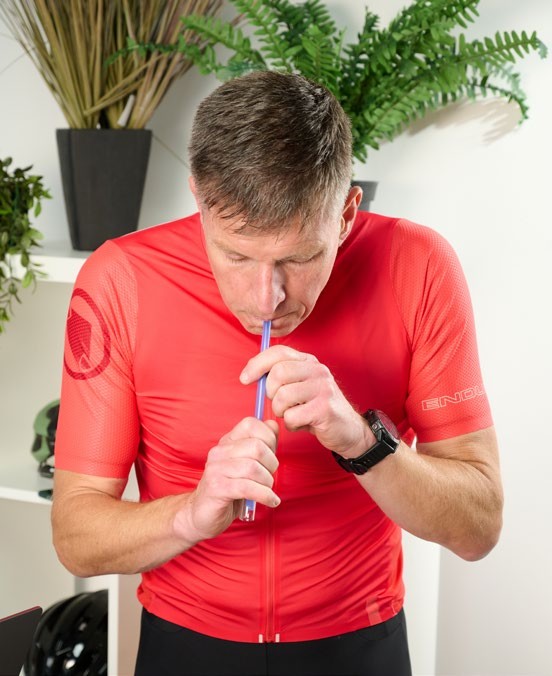
Pat collects his breath sample to send to ExoAnalytics
At 80 minutes, I hit start on the app and keep pedalling for the last 10 minutes of the test. Climbing off the bike at the end of the 90 minutes, I collect one more breath sample and that’s it. Test done. All I need to do now is to post the mask and the vials off to the laboratory and wait for my test results to roll in.
The results
When they come back, the results reveal that my exogenous oxidation rate is just 59g per hour. In other words, my body burned just 50% of the carbs I consumed. Of course, 120g of carbs an hour is far more than I would usually consume, but even so, 50% feels like a failure.
Pugh consoles me by explaining that he and his team have seen a spectrum of results from 44% right through to 90% – and that most of the people tested so far are extremely serious athletes. “The goal is not the highest number,” he says, “but rather finding the most efficient fuelling strategy for you personally.” What matters, then, is not my result but the fuelling recommendations it produces.
Instead of consuming 120g of carbs per hour as I did during the test, I should aim for 73g of carbs per hour during the first two hours of a ride, and 82g per hour thereafter – more than I had expected.
Pugh explains that some people take the test so as to maximise their carb intake, others want to consume the right amount to avoid stomach upsets, while some are just curious or want to fine-tune their current strategy. I’m in the latter camp.
Despite my initial disappointment at my relatively low conversion rate, it’s great to know how many carbs per hour I actually need. I already know my place in the peloton, and sadly it’s not at the pointy end – so there is no point in my fuelling like a GC hero. Doing so would only slow me down.
With training, I probably could nudge up my conversion rate. Targeted metabolic sessions ‘teach’ the body to burn fat and carbs more efficiently, though other factors play a role too. Pugh tells me that high temperatures typically result in a 10-25% decrease in the body’s ability to use carbohydrates, since it is diverting resources to cooling.
Aside from prescribing precise fuelling advice, Pugh and his team are accumulating a massive dataset. “Our goal is to test more people than have ever been tested in published research,” he tells me, “and we’re aiming to broaden the range of individuals studied beyond the typical demographic of white males aged 18 to 35. We have started to study bike-to-run differences for triathletes and the effects of environmental conditions like temperature. It’s fascinating.”
Of course, not everyone will be convinced that such testing is worth the price of admission. At £350 a pop, it’s a serious investment for amateur riders, especially when general guidelines already exist.
Sports nutritionists often recommend that most cyclists can perform perfectly well by consuming around 60g of carbs per hour, rising to 90g for longer or more intense rides. For the majority, sticking within this range is simple, effective and doesn’t require a lab analysis or a box of tubes and masks. Still, what ExoAnalytics offers is something different: precision.
Rather than relying on averages and guesswork, riders can see exactly how their own bodies handle fuel, and adjust accordingly. For those who love data, race regularly, or have struggled with gut issues on the bike, that knowledge could be invaluable.
For the rest of us, it may be enough simply to know that the science exists, and that elite-level insight is filtering down to the club run. Whether or not the test is worth the money, it shines a light on just how central fuelling has become to modern cycling.
Choose your source
Once you know your optimum carbohydrate intake, the next step is choosing the right source. Convenience products dominate the market: most gels, such as SiS Beta Fuel or Precision Hydration, contain 30 or 40g of carbs each, while drink mixes typically deliver 60-90g per litre and often add electrolytes to replace those lost in sweat.
Energy chews and bars usually sit in the 25-45g range and can be more satisfying on longer rides. Whole foods are an option too: a medium banana provides about 27g, two slices of white bread about 30g, and a handful of dried fruit about 25g. The key is selecting products you actually enjoy – because fuelling only works if you can stomach it hour after hour.
Choosing fat as a fuel source for ultra-distance riding
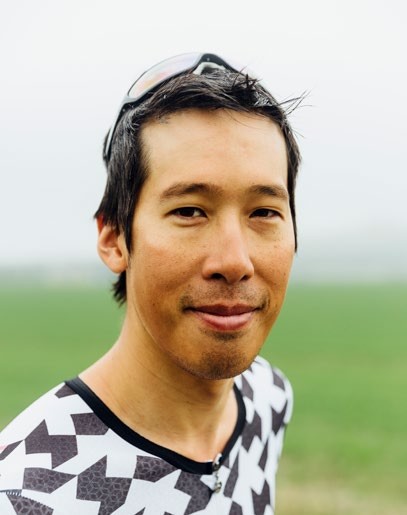
Ultra rider Ian To favours fats over carbs
In the world of ultra riding, carbs don’t cut it. A long-distance specialist tells us why he focuses on fats instead
ExoAnalytics has worked with numerous elite athletes, including professional triathlete Chris Beckmans, who has just posted his best-ever Ironman result in Copenhagen, shaving over five minutes off his previous bike leg time.
“I undertook the [ExoAnalytics] test on the bike a couple of months ago,” Beckmans tells me. “As a result, I was able to adapt my carb intake leading into both the final key sessions of my prep, and on race day, with great success.”
In a different sphere of cycling, the reliance on and effectiveness of simply smashing carb-heavy supplements isn’t necessarily the best approach. Ultra rider Ian To, organiser of the epic 4,000km Via race, stresses the importance of fats.“For high-intensity events, like short road rides and hill-climbs, carbs are great,” he says, “but for ultra events, I prefer fats.
If you’re riding for a longer period, say 20 hours, and you’re burning through 600 calories an hour, you can’t possibly replace that with carbs. You only get four calories per gram from carbs, but with fats you get up to 10 calories.”
Admittedly, most riders don’t often find themselves in the saddle for 20 hours at a time, and by doing ultra-length events, To has trained his body to burn fat very efficiently. Nevertheless, he makes an important point about over-dependence on carbohydrates.
“If you become completely reliant on carbs, it can leave you in an almost prediabetic state, craving sugar during and after an event,” he cautions. “We’re consuming far too much sugar in our diets already, and it’s terrible. Personally, I prefer fuelling up on protein-rich foods packed with unprocessed fats. Not to the total exclusion of carbs, though – it’s never a bad idea to carry an insurance policy in your back pocket in the form of a gel or two.”
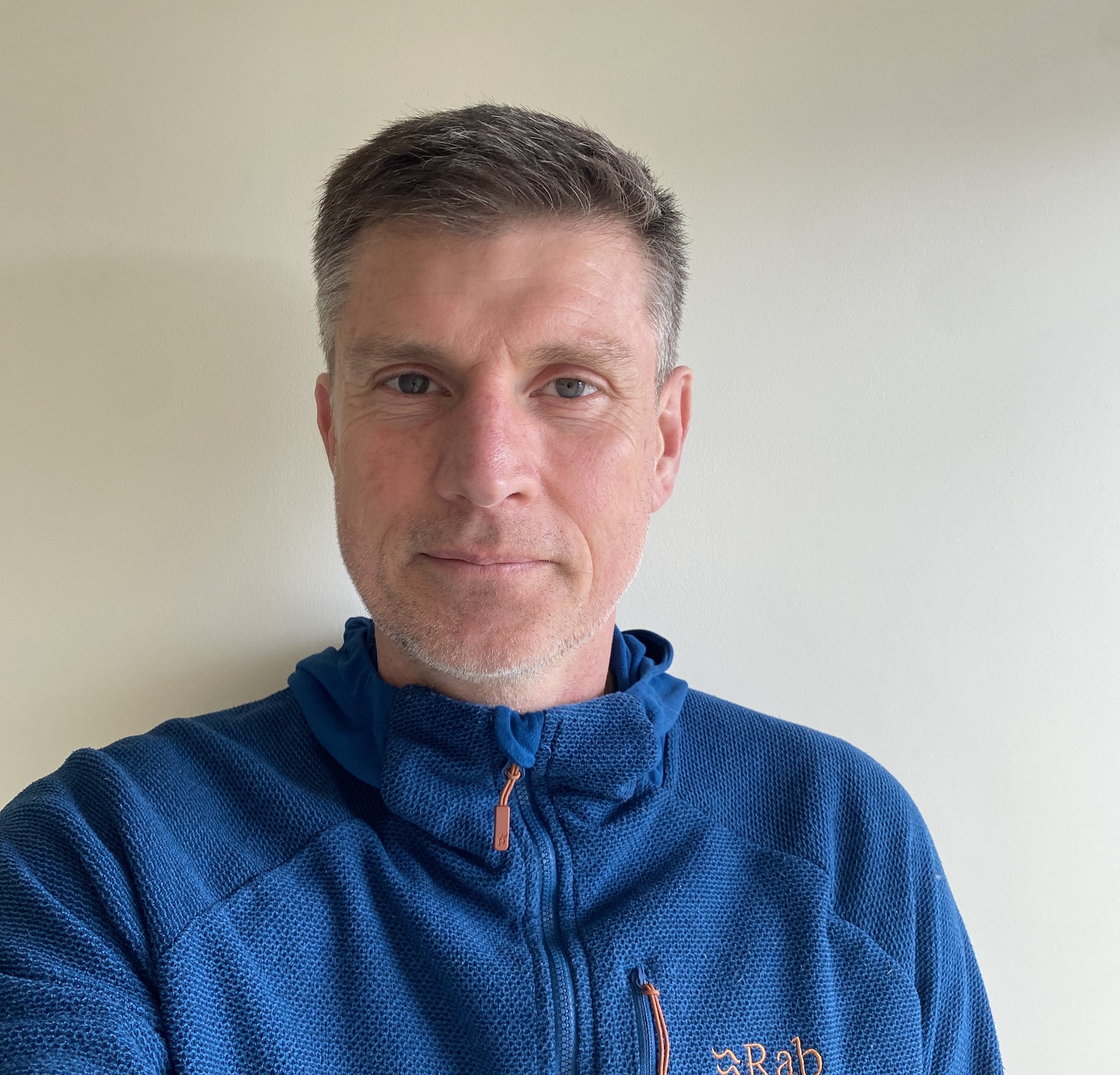
Pat has spent decades in the saddle of road, gravel and mountain bikes He has ridden across the Great Dividing Range in Australia, traced the Pirinexus route through the Pyrenees on the jagged border between Spain and France, biked through the Norwegian mountains and spent umpteen happy hours bikepacking and cycle touring the lost lanes and hidden bridleways of the Peak District, Exmoor, Dartmoor, North Yorkshire and Scotland.
You must confirm your public display name before commenting
Please logout and then login again, you will then be prompted to enter your display name.